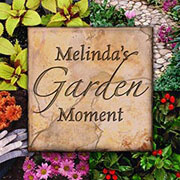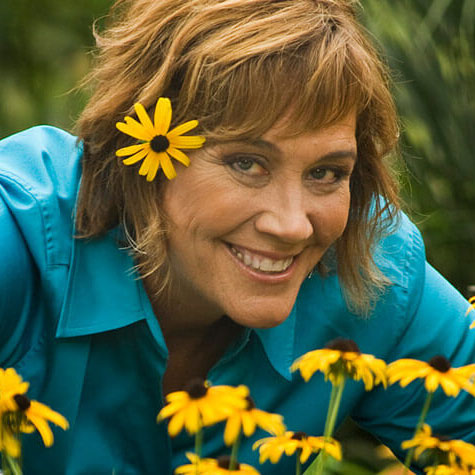
Melinda's Garden Moment Video

Melinda Myers
Nationally known gardening expert, TV/Radio host, author & columnist with over 30 years of horticulture experience and tons of gardening information to share! www.melindamyers.comMelinda's Garden Moment videos will help you create that beautiful landscape you’ve always wanted. Each week throughout the growing season, a new gardening video will be added right here, so be sure to stop back. You can also watch Melinda’s Garden Moments on your local network TV station affiliate.
Leaf Spot on Rudbeckia
The beautiful bright yellow daisy-like flowers of Rudbeckia are often overshadowed by the diseased foliage.
A bacterial and several fungal leaf spot diseases cause purplish-black spots on the leaves of rudbeckia. Severe infestation can totally blacken the leaves and cause the plants to dieback a bit earlier in fall. Fortunately most of the diseases are cosmetic and the plants will continue to flower and return each year.
Reduce the risk of this disease by providing adequate light and air circulation around the plants. Use a soaker hose or watering wand to apply water directly to the soil when needed.
In fall remove and destroy all diseased plant parts.
If disease is a yearly problem you can use a copper containing fungicide as a preventative. Or plant something slightly shorter in front of these plants to mask the discolored leaves but allow the flowers to show through.
A bit more information: Try growing other Rudbeckias that are less susceptible to these diseases. The great coneflower (Rudbeckia maxima) is native to North America and grows 5 to 6 feet tall. Its large yellow daisy-like flowers are held high above the 12 to 18 long blue green leaves at the base of the plant.